
- Stand Out in Design School: How to Choose a Winning Design Topic and Earn a High Distinction
- My Story: The Pressure of “Carte Blanche”
- Tips to Choose a Topic That Excites You and Your Jury
- 1. Go for a Niche
- 2. Avoid Planning Your Final Product Too Early
- 3. Be Special and Avant-Garde
- 4. Look for Unexpected Niches and Multi-Identities
- How I Personally Chose My Project
- Final Tips: Follow Your Heart and Connect Deeply
Stand Out in Design School: How to Choose a Winning Design Topic and Earn a High Distinction
Whether you’re studying Industrial Design for 3, 4, or 5 years, there will come a moment when you have to lead a major project—defend it, promote it, and carry it through several months. The biggest challenge?
Choosing the right topic.
It’s not just about picking something you like. Your topic must have great potential and, most importantly, it must be something you truly care about.
My Story: The Pressure of “Carte Blanche”
In my final year of Design school (for my 5-year Master’s degree), our entire grade depended on one single project. We had total freedom, or “carte blanche,” to choose any topic we wanted.
At first, I thought, “Fantastic! I can pick anything I want!”
But I quickly realized how stressful this actually was. Finding a topic worthy of a Master’s degree was the hardest part. I felt lost and overwhelmed:
- Where do I start?
- How can I be sure the jury will find my project interesting?
- Should I focus on something realistic or go for a conceptual idea?
- What if my skills aren’t good enough to deliver?
- What if I pick the wrong topic and can’t recover?
It took me about three weeks of careful thinking before I finally committed to my subject.
Tips to Choose a Topic That Excites You and Your Jury
1. Go for a Niche
If there’s one piece of advice I’d give, it’s this: choose a niche audience.
Trying to create something for everyone is a common mistake—and it leads nowhere. When your target is too broad, you lose focus and end up not really knowing who you’re designing for, which blocks your creativity.
2. Avoid Planning Your Final Product Too Early
For example, if you love rollerblading, don’t start by deciding you’ll design a pair of rollerblades right away.
In fact, early in your project, you probably have no idea what the final product will be. The process should start with understanding human behavior, sociology, and real needs. Your project outcome might be anything—a new product, a service, or even an innovative combination.
Markets and people’s needs are complex and constantly evolving, so as a designer, start with people’s needs first. Let your final solution emerge from there.
3. Be Special and Avant-Garde
Targeting a niche helps you be special.
Designs that aim for “average” needs usually receive average attention. But tapping into a niche lets you serve people whose needs are often more demanding and unmet, making your work innovative and relevant.
Even if your topic feels avant-garde or futuristic, don’t worry about feasibility right now. Dare to be provocative—as long as you can justify your idea with current or emerging technologies and separate what’s fictional from what’s plausible.
4. Look for Unexpected Niches and Multi-Identities
People today live complex, multi-faceted lives. Your audience might belong to overlapping niches.
For example, instead of designing broadly for “older adults,” consider “older adults who take care of babies” or “blind runners.” Setting specific, meaningful constraints will focus your project and unlock unique ideas.
How I Personally Chose My Project
It wasn’t easy for me—you can imagine the pressure of seven months dedicated to one topic! My subject was the influence of the Otaku culture in Japan.
During an internship there, I noticed the kindness and warmth of the Japanese people contrasted with a culture of intense work pressure and high expectations. I wanted to explore that hidden side—the stress and societal fractures—and see if design could help heal those cracks.
I wasn’t passionate about history at school, but because I cared deeply about my topic, researching samurai history and World War II became exciting and inspiring.
More importantly, I didn’t rely solely on books or internet information. Living with two Japanese flatmates, including my ex-girlfriend, gave me insider insight. I asked countless questions and uncovered nuances I couldn’t find anywhere else.
Final Tips: Follow Your Heart and Connect Deeply
Choosing a topic you care about makes all the difference. Your genuine interest fuels the detective work needed to meet your niche, interview people, and explore every angle.
Remember, design isn’t just about beautiful sketches. It’s about feeling, speaking, and interacting with your environment. That passion will naturally resonate in your presentation and your boards.
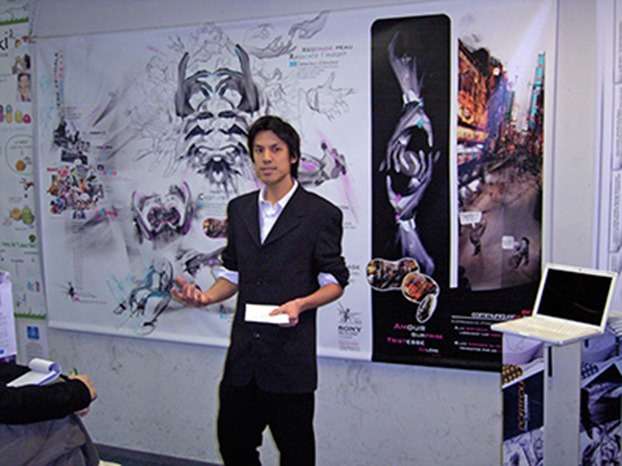
Me during my Master degree presentation at Creapole-ESDI, in Paris.
If you feel ready to share your journey or have questions about choosing your design project topic, leave a comment below—I’d love to hear from you!
Cheers,
Chou-Tac

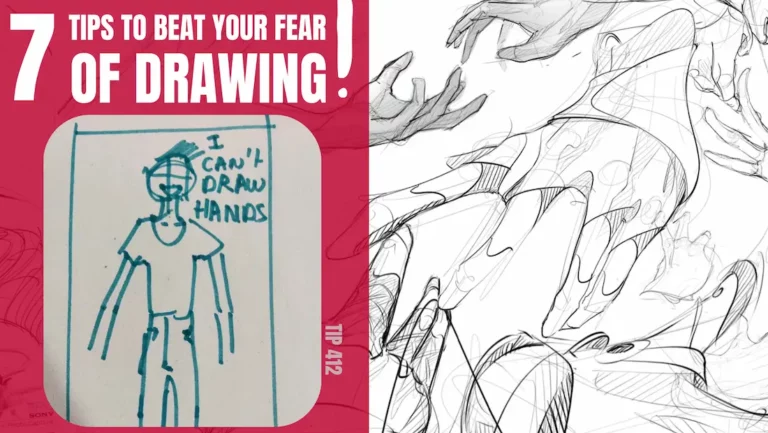




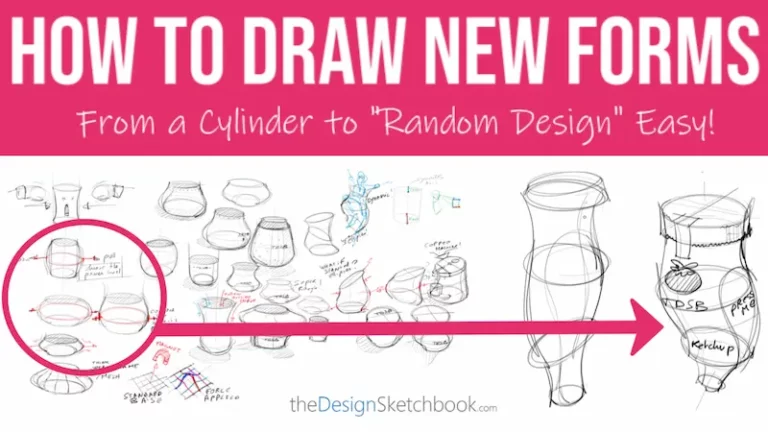
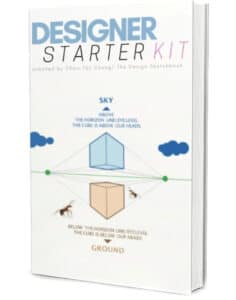


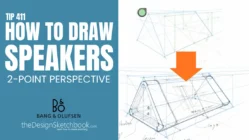

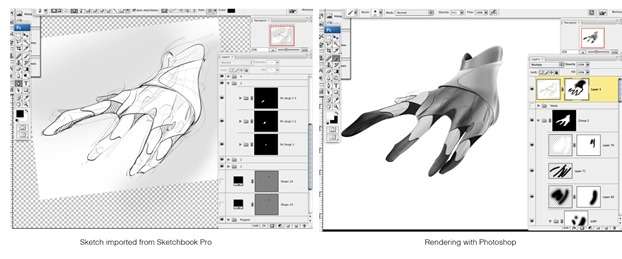

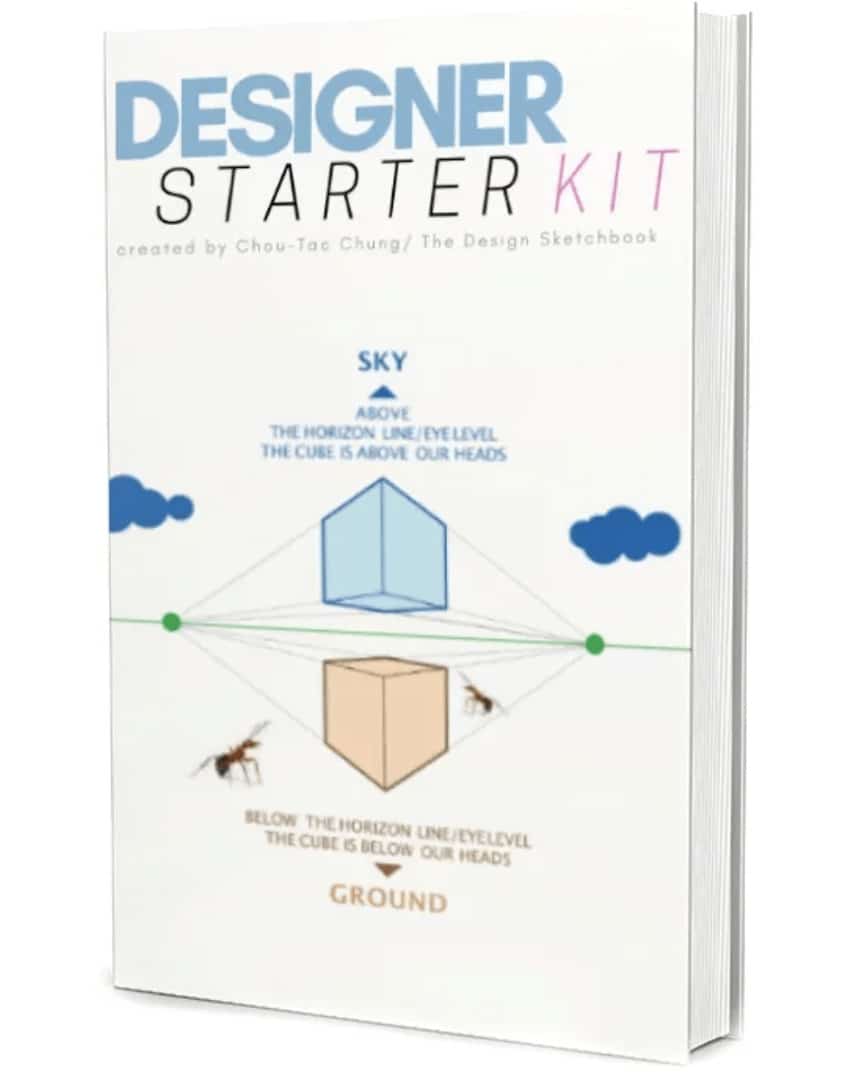


It’s hard to come by knowledgeable people about this subject, however,
you seem like you know what you’re talking about! Thanks